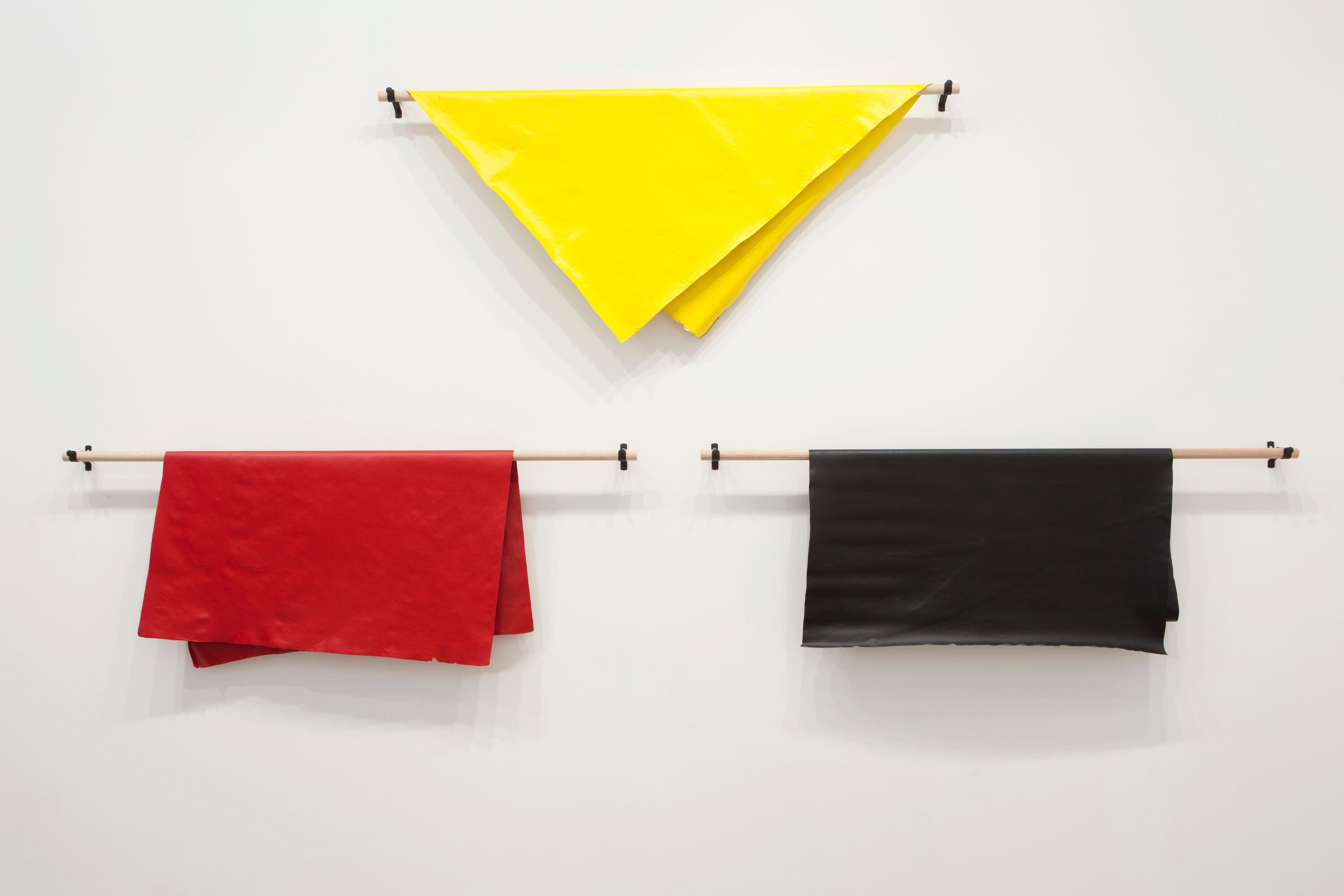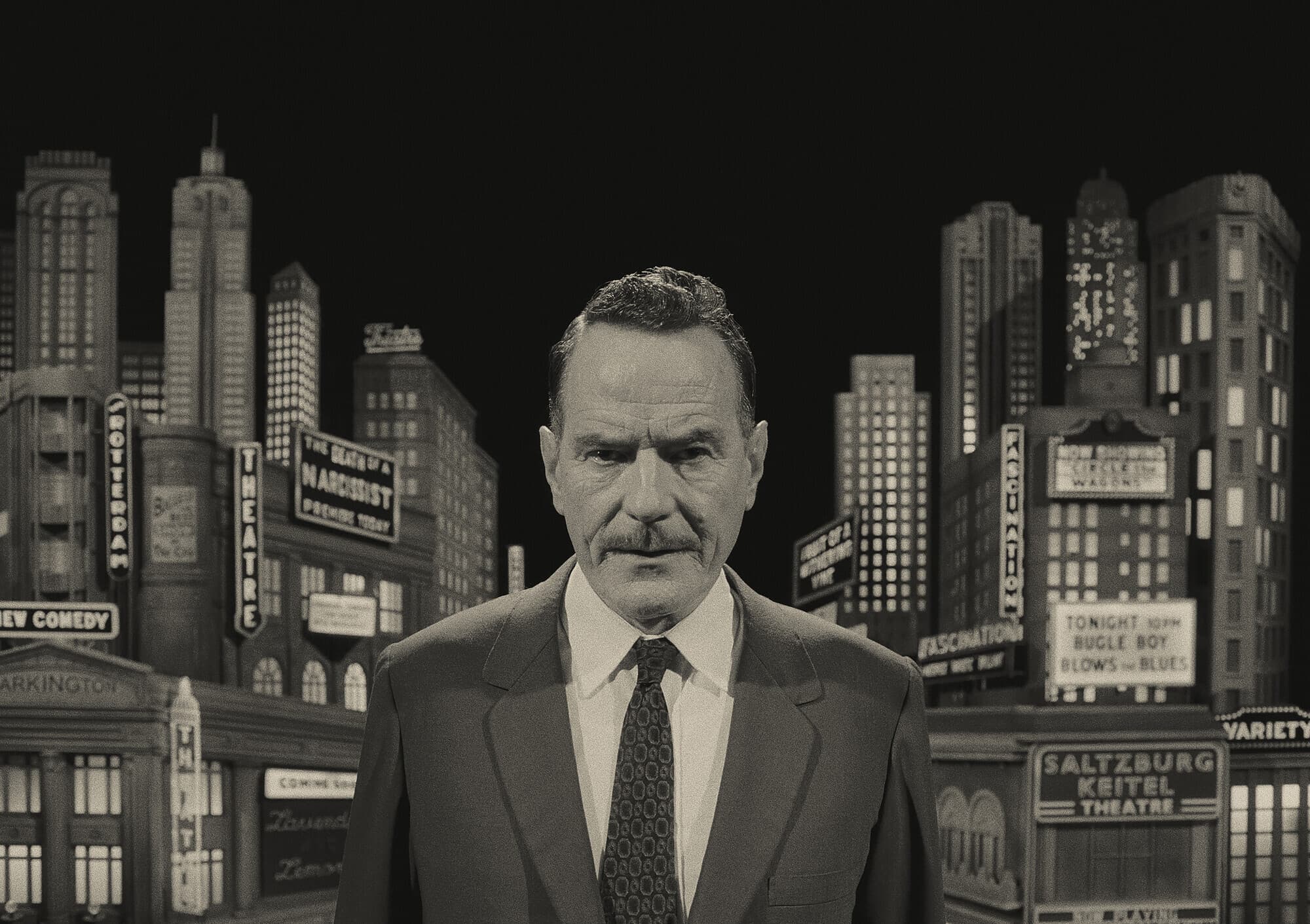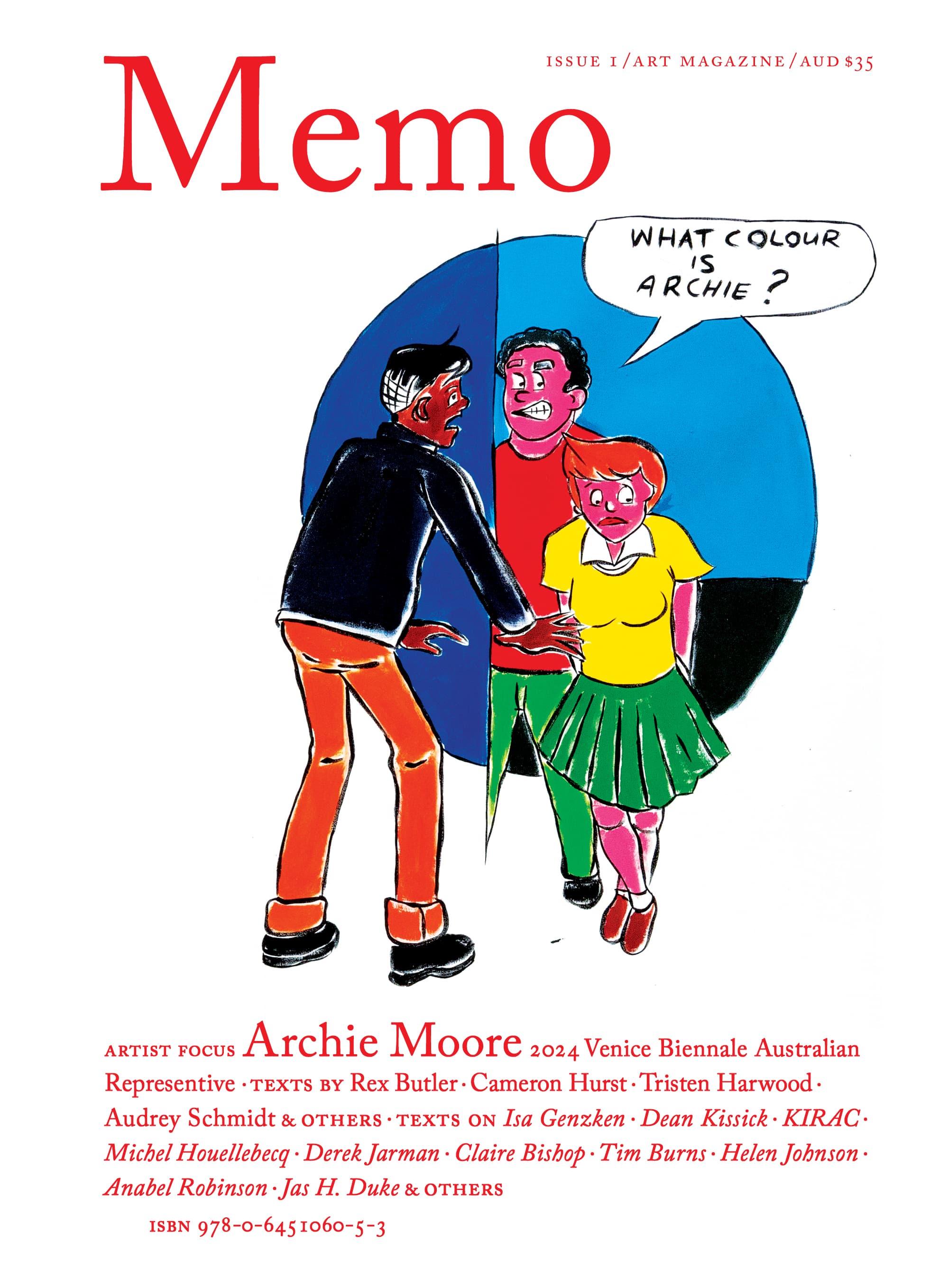What We Inherited
As the art world fixates on the global present, a new wave of Australian and Chilean artists, critics, and historians are turning backward—embracing archives, provincialism, and forgotten genealogies. Is resisting contemporaneity the most contemporary move of all?
By Verónica Tello
Issue 1, Summer 2023/24
For the better part of the year, I have been living in Santiago, a city currently gripped by an archival fever in its local arts community. It started in 2005 with the founding of the Centro de Documentación de las Artes Visuales del Centro Nacional de Arte Contemporáneo, which made archives from the dictatorial era (1973–90) available for the first time. The fever intensified in 2010 when the Centre digitised its collection. A slew of private and public institutions followed suit. These spaces have fuelled the appetite of younger artists, curators, and art historians who came of age in the post-dictatorship period and sought to wrestle the past they inherited. Santiago’s archive fever is driven by the desire to trace and imagine local art history, manifesting in dozens of books, exhibitions, and artworks.
Exclusive to the Magazine
What We Inherited by Verónica Tello is featured in full in Issue 1 of Memo magazine.
Get your hands on the print edition through our online shop or save up to 20% and get free domestic shipping with a subscription.
Related

Archie Moore’s minimalism plays a formalist trick on a settler audience that sees only an Aboriginal flag, never the painting itself.

At a time when all these elements are easily replicated by AI and memed on social media, what is often called Anderson’s “twee” aesthetic continues to be derided as all style and no substance.
